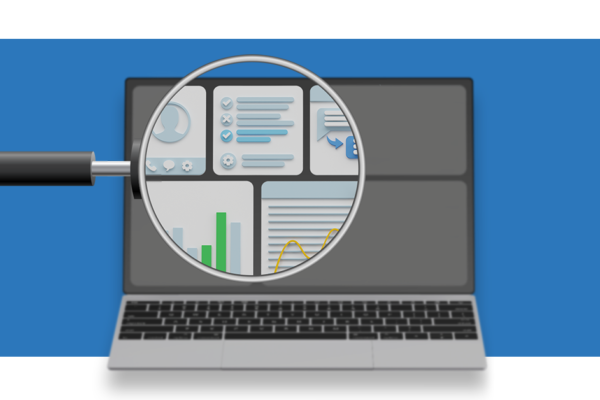While in recent years, the most interesting topics in the labour market have been the lack of people and rising wages, after the pandemic, the trend is beginning to reverse and companies are focusing on reducing staff turnover and increasing the efficiency of individual employees. To achieve higher efficiency, they use easily measurable internal data, according to which employee remuneration is also set.
The COVID-19 coronavirus epidemic has resulted in a rapid increase in the number of employees working from home. For many companies, this was a radical intervention in their existing operations, leading to a disruption of their processes. It was necessary to respond quickly and maintain the performance of employees even in their living rooms or with children behind their backs. And so data came to the fore.
Efficiency checks or intrusion of privacy
For more than twelve months, discussions were held about how much an employer could control his employees at home office in order to be able to evaluate their work efficiency, but at the same time not to become a stalker. The monitoring of emails or browsers belongs exactly under the second option. And so it is necessary to set up processes and their easy measurement allowing each manager to easily find out how his or her team works.
“This is an important topic that will stay with us even after we return to our offices. Last year, employees moved to their home offices and companies suddenly did not know what their people were doing at home during working hours,“ the data analyst Radek Nekvapil returns back to the beginning of the whole issue when it had been overlooked for a long time what and how was done and by whom. But many times, it was sufficient to be on the spot.

Simple data work
Managers thus began to monitor their subordinates and look for a way to automate the workload and, above all, monitor its effectiveness. “At the same time, no one wants the company he or she works for to turn into a police state. It is thus necessary to start by defining job descriptions, their goals, and the methods enabling to track this information during a particular job performance. According to such specific data on performance, it is possible to evaluate work efficiency in an easy and fair manner,” explains Nekvapil, adding the following immediately, “However, evaluation methods, which must be completely effortless, also need to be considered at the very beginning.”
It is the automation that is key to success, and not only as regards the evaluation of efficiency of employees’ work. The pandemic revealed this plainly, when the companies that were able to adapt quickly, or had previously operated in a similar model, emerged stronger.
Lessons learned from the first wave
The impact of data and the need to transform processes became apparent as early as in autumn 2020. While in the first wave, according to a survey by the consulting company Moore Czech Republic, work efficiency fell by as much as a third, in the autumn it was only 10%. Behind the decrease / increase in efficiency was the improvement of long-distance communication and the possibility to evaluate work efficiency in an automated manner.
The commenced process can be expected to continue in the following months. Companies and their managers have discovered the magic of measurement that allows them to ensure better results. “The ideal situation will come when the human element does not interfere with the processing at all. Humans should only participate in implementing the process and validating obtained data. From the point of view of companies, every report should be available “without work” so that any and all energy could be invested into decision making,” Nekvapil describes the task lying ahead of companies all over the world.




